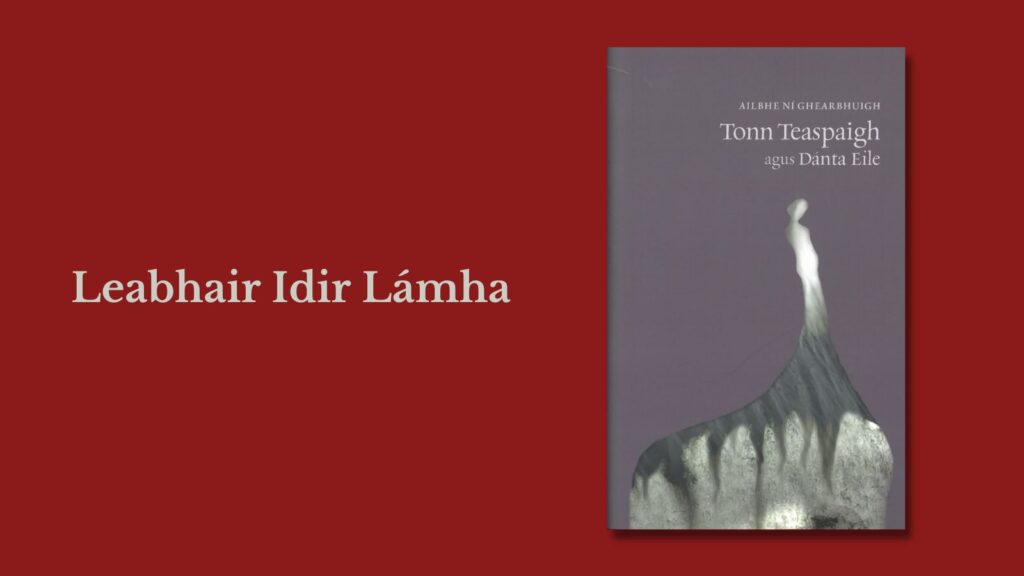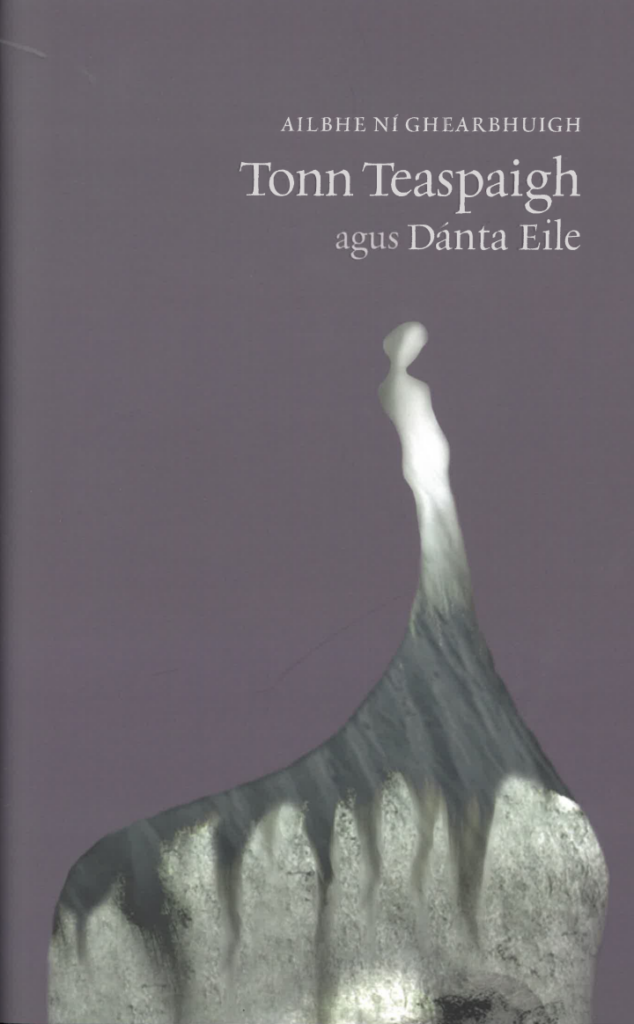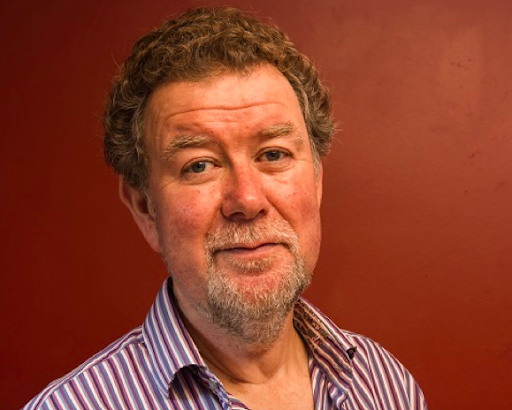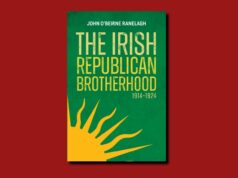
Tonn Teaspaigh agus Dánta Eile|Ailbhe Ní Ghearbhuigh|éabhlóid| ISBN 978-1-914482-09-0|€15
Anatomy of love and captivating poems in new collection by Ailbhe Ní Ghearbhuigh
by Cathal Póirtéir
The high quality of contemporary poetry in Irish has been a remarkable feature of Irish literature for a long time.
The ‘Innti’ generation that began flowering in the 1970s were able to find their own paths after Ó Ríordáin, Ó Direáin and Mac an tSaoi had invigorated Irish language poetry a generation before them. Those writers in turn have inspired another generation who breathe new life and understanding in to the Irish language poetry of the twenty-first century. Many continue to build on what has gone before while continuing to break fresh poetic ground with their individual skills and experiences.
Tonn Teaspaigh agus Dánta Eile by Ailbhe Ní Ghearbhuigh is her third collection in sixteen years and her writing has deservedly garnered an audience and literary awards.
Anatomy of love
Her carefully crafted poetry often focuses on love. In her earlier collections many poems celebrated and interrogated passions and romantic relationships. In this latest collection her thoughts tend to focus more on the domestic environment and its challenges and worries.
Her work has always been marked by an openness but here, maternal love has largely eclipsed the more sensuous expressions of love which caught the reader’s attention in earlier work.
As noted in an insightful forward by Daniela Theinová to Tonn Teaspaigh agus Dánta Eile, much of the poet’s ouvre is given over to an anatomy of love.
The strongest emotions here are those of the unconditional love of a mother for her children. This gives rise to both joy and worry, and her exploration of the uncertain borderlands between public and private are marked by great possibilities, recurrent anxiety and occasional resentment.

Motherhood
This collection is divided into the two sections of the title Tonn Teaspuigh and Dánta Eile, with the first thematically linked with the concerns of motherhood, the pressures and limitations it places on a mother’s life, the flood of duties and drudgery and, of course, the joy that makes it worthwhile, even after a sleepless night
Na maidneacha nach n-airím/ an ghrian ag éirí,/tagaim chugam féin le trup trap séimh/agus sciotaíl aoibhinn gáirí. (Géarú Cluaise).
For me that maternal love and joyful observation of childhood innocence is most beautifully expressed in Rannta do Léann and in Ar do bhonnaibh which echoes Máire Mhac an tSaoi’s An Chéad Bhróg. Some of the poems remind us that these joys and time itself are passing and that learning to be a mother can be an effort.
The strains parenthood can place on a couple’s relationship are considered on more than one occasion. The sensuality sometimes so beautifully celebrated in Ní Ghearbhuigh’s work becomes hidden behind the daily grind or is barely hinted at in a piece of advice: Scaoil le goimh na tuirse/ maolaigh an ghéire id ghuth/ coinnigh dúinn an oíche anocht/ is sinne beirt béal le béal. (An Aimsir)
Litir ó Barcelona
One of my favourite poems here comes from the second section and is the longest in the collection – Litir ó Barcelona.
An Irish child minder in Barcelona in the mid-1970s may be free from the inhibitions of rural Ireland but she remains shy and unwilling to engage with local people or ways.
She is however able to identify with the poverty she sees in the back streets: ocras ar bhoilg thall/ ocras ar bhoilg abhus. The poem hints that the young woman is being punished for something unspecified and accepts her sadness and loneliness as part of that.
Bréag, Feall, and Tuairisc Cathrach
The following poem, Bréag, voices a character’s realisation that her time abiding by convent rules of prayer and hard work has not overcome her wilder nature or brought about the blessed peace that she was promised. It is not clear if she is a willing resident of the convent but it is clear that she has been lied to.
Among the poems that caught my attention was Feall which again references church influence and female suffering. In some way it seems to echo Patrick Galvin’s Madwoman of Cork: Tá bean na bhfeabhraí corcra ag rámhaillí arís,/ uisce faoi thalamh na hEaglaise, dar léi:/geataí an tséipéil dúnta uirthi/ le tréan oilc ina choinne, a deir sí./ Tuigim do chás, a deir sí, tuigim do chás.
The final poem in the collection, Tuairisc Cathrach, is dedicated to the memory of the great Cork poet Liam Ó Muirthile and imagines a bearded stranger wandering around the docks and back streets as the corner boys mock a naked madman while the shawlies prepare their wares for the next day. He is intent on his own silent mission as he climbs a hill to take revenge.
A somewhat nightmarish finish to another captivating collection by Ailbhe Ní Ghearbhuigh.

Cathal Póirtéir has specialised in researching, presenting and commissioning Irish interest material in various radio formats and in books, including history, literature and folklore in Irish and English, as well as current affairs and drama.











